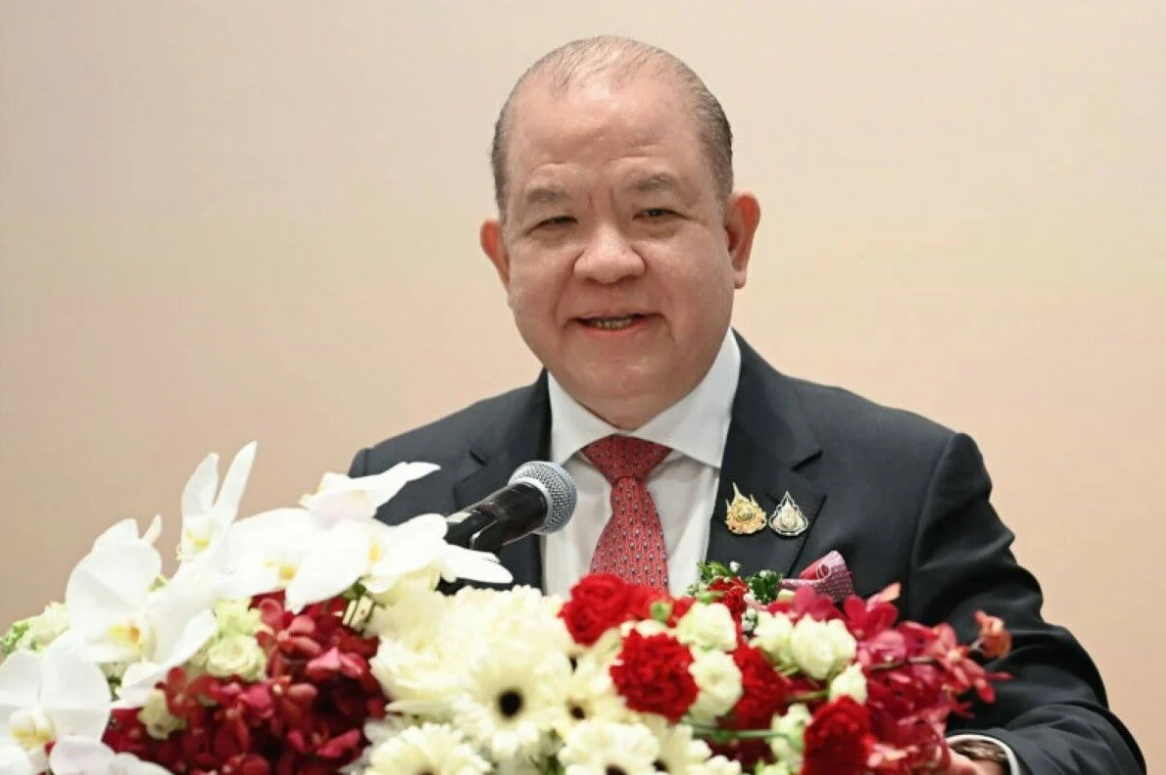Picture this: Thailand’s top commerce and finance officials sitting down (virtually, that is) with U.S. trade representatives to hash out tariffs that could redefine export flows—especially as Bangkok races against a July deadline. What’s at stake? Thai exporters, currency policies, consumer confidence—you name it. Let’s dig into how these high-stakes negotiations unfolded and what they mean for the average Thai business person (or curious global reader).
What Exactly Is Happening—and Why Now?
In early June 2025, the U.S. government gave Thailand the green light to begin formal discussions on reciprocal tariffs—what Washington is calling its “reciprocal tariff” strategy—designed to reshape unfair trade dynamics. Initially, these tariffs impose a baseline 10% on imports from most countries, then scale up depending on bilateral trade balances—some as high as 36%.
Thailand’s strategy has been proactive all along. After submitting proposals in May aimed at boosting U.S. imports and cutting origin issues like trans-shipment, its Cabinet approved a negotiation framework on June 10. That gave the go‑ahead for today’s virtual technical-level talks—and set the stage for upcoming ministerial-level discussions.
Who’s Playing at the Table?
Let’s meet the key players:
-
Thailand’s Team:
-
Commerce Minister Pichai Naripthaphan, leading the charge and bridging between Thai sectors and the U.S.
-
Finance Minister Pichai Chunhavajira, confirming official U.S. readiness to engage.
-
The Trade Policy Working Group, chaired by senior trade officials, and supported by proposals submitted to the USTR.
-
-
U.S. Counterparts:
-
U.S. Trade Representative Jamieson Greer, who’s already had multiple strategy-level discussions with Thailand.
-
U.S. Commerce Secretary Howard Lutnick and Treasury Secretary Scott Bessent, who provided positive feedback on Thai proposals.
-
They’ve already had multiple informal engagements—in D.C., APEC, OECD—and are now preparing for the official virtual talks ahead of the July moratorium expiration .
Crunch Time—Deadline and Stakes
Why is timing everything? Because:
-
Moratorium ends in July. If no deal is reached, Thai exports could face a steep 36% tariff, up from the current temporary 10% .
-
Consumer confidence is already wobbly. May’s survey showed a 27‑month low in Thai consumer sentiment—mainly driven by tariff fears .
-
Economic growth forecasts downgraded. Thai planners cut their GDP outlook to just 1.3–2.3%, acknowledging the tariffs’ ripple effects .
With billions in trade and livelihoods on the line, Bangkok isn’t leaving things to chance—it’s betting on skillful diplomacy and smart bargaining.
Thailand vs. U.S.—Tariff Talks at a Glance
| Feature | Thailand | United States |
|---|---|---|
| Trade Focus | Reduce tariffs on Thai exports | Ensure reciprocal tariffs based on balance |
| Proposals Made | Boost U.S. imports, curb trans‑shipment | Maintain 10% baseline, adjust rates |
| Negotiation Level | Technical first, then ministerial | USTR-led, supported by Treasury & Commerce |
| Timeline Pressure | Moratorium ends July; low confidence | Trump “Liberation Day” policy from April 2 |
| Economic Stakes | 18% of exports to U.S.; exports hit | Nations facing 10–49% tariffs, ASEAN pushback |
Why This Matters for You and Thai Exporters
You may be asking: “Okay, but why should I care?” Here’s how this affects the real world:
-
Exporters breathing easier? A tariff cut to 10% means more competitive prices in the U.S., better profit margins, fewer supply chain headaches.
-
Tourism and currency link. A weaker baht around 37–38 per dollar could boost tourism and exports—but it also makes imports pricier.
-
Consumer confidence stabilizes. No one likes sticker shock—shielding from tariff hikes keeps businesses and shoppers calm.
-
Investor sentiment rebounds. Firms looking to invest in Thailand prefer clarity—these talks, and Thailand’s proactive stance, send a positive signal.
Challenges & Roadblocks Ahead
Negotiating tariffs isn’t smooth sailing. Obstacles loom:
-
Trans-shipment concerns. U.S. worries that Thailand (and neighbors) may help reroute Chinese goods—this needs iron-clad customs checks .
-
Balanced reciprocity. Thailand wants equal footing—no unfair extra charges compared to other countries .
-
Diverging policies. U.S. economic nationalism vs. Thailand’s export-driven development—can both win?
-
Speed vs depth. Virtual talks are quick, yes—but can they cover technical policy, legal language, and economic specifics thoroughly?
Both sides need finesse: ensuring the deal protects Thai access without eroding the fairness U.S. wants.
What Happens Next?
Here’s the likely roadmap:
-
This week: Technical talks via video—fine‑tuning tariff rates, compliance frameworks, and customs protocols.
-
Soon after: Ministerial-level meetings (possibly in Bangkok or Washington), with Thai Cabinet and USTR officials signing off.
-
Post-deal: If agreements are finalized before July, Thailand avoids the 36% tariff. Otherwise, exporters face steeper costs.
-
Monitoring phase: Thailand will deepen customs oversight and expand import offers to the U.S., while America will watch for balanced access.
The Big Picture—A Model for ASEAN?
Thailand isn’t the only one at the table. Southeast Asia as a whole is dealing with U.S. tariffs from 10% to 49%—and nations are racing to negotiate individually or collectively.
Bangkok hopes its swift moves set a blueprint—submit proposals, test the waters at APEC, lean on working groups, then jump into formal talks.
If Thailand succeeds, it might lead the rest of ASEAN toward smoother deals—and reinforce its image as a nimble, negotiation-savvy export hub.
Conclusion
These Thailand–U.S. tariff talks are so much more than economic policy—they’re a high-stakes chess match where timing, strategic partnerships, and smart economics collide. With a looming deadline and real-world consequences, both nations have reasons to make this work. And if they do? Thai exporters win, confidence rebounds, and Southeast Asia gains a blueprint for balancing trade in a complicated global arena.
